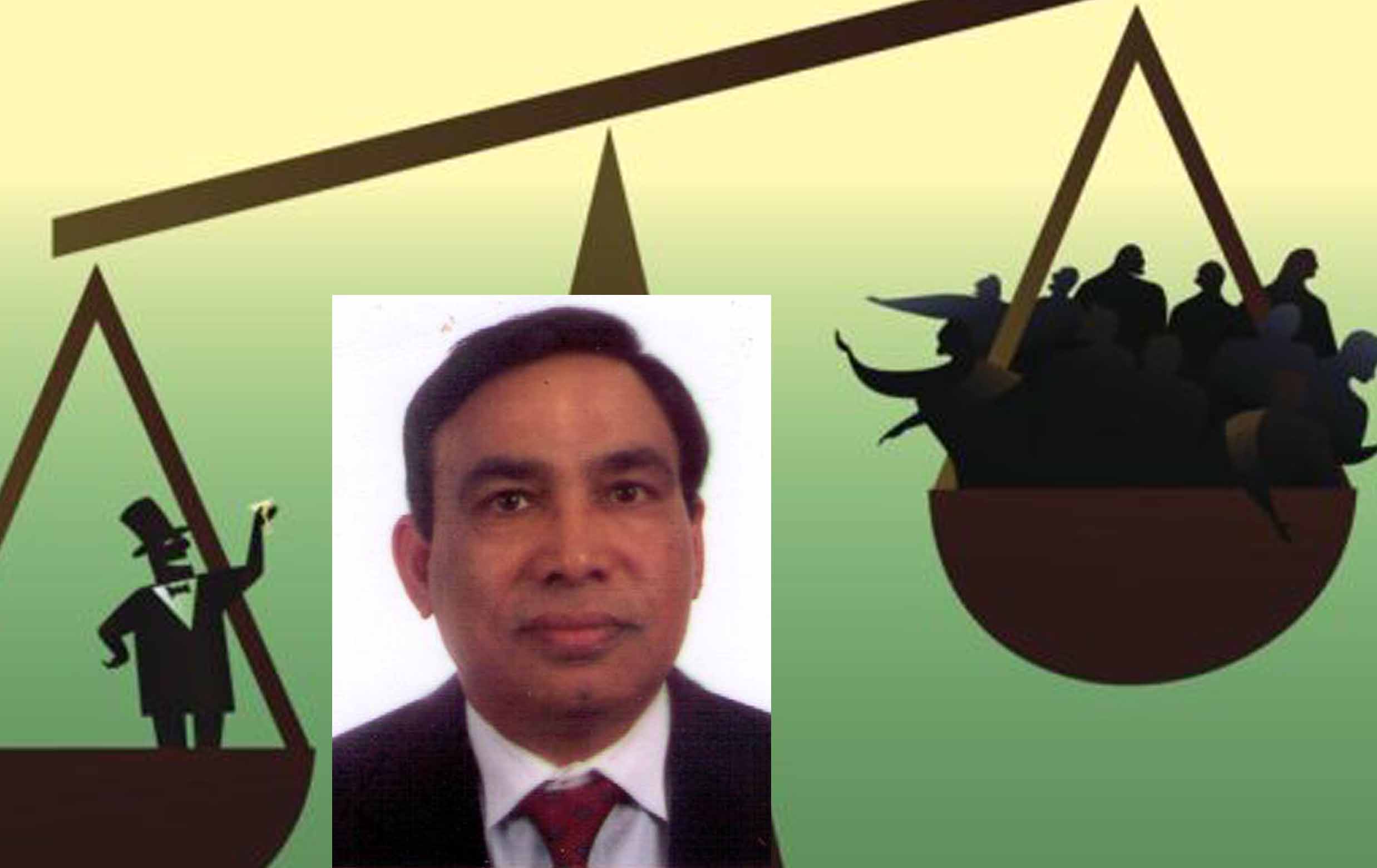In the Athens of 594 B.C. according to the Plutarch, ‘’the disparity of fortune between the rich and the poor had reached its height, so that the city seemed to be in a dangerous condition, and no other means for freeing it from disturbance … seemed possible but despotic power.’’ The poor found their conditions worsened with each year. The government was in the hands of their master. The corrupt courts were deciding every issue against them. They began to talk of violent revolt. The rich, angry at the challenge to their property, prepared to defend themselves by force. Good sense prevailed. Solon, a moderate, businessman of aristocratic birth, was elected as the supreme ruler. He devaluated the currency, thereby easing the burden of all debtors (though himself was a creditor). He reduced all personal debt, and ended imprisonment for debt. He cancelled all back taxes. He established graduated income tax that made the rich pay at a rate twelve times that required of the poor. He reorganized the court on a more popular basis. He provided education to the sons of those who died in war at the government’s expenses. The rich protested that his measure were out right confiscation. The radicals complained that he had not redivided the lands; but within a generation almost all agreed that his reform had saved Athens from revolution.
The Roman Senate, so famous for its wisdom, adopted an uncompromising course when concentration of wealth approached an explosive point in Italy; the result was a hundred years of class and civil war.
The French Revolution attempted a violent redistribution of wealth. There was a lot of killing of the aristocratic class including the French Emperor. The result was a transfer of property and privilege from the aristocracy to the bourgeoisie (members of the middle class). The government of the United States, in 1933-52 and 1960-65 (the Civil Right Movement) followed Solon’s peaceful methods and accomplished a moderate and pacifying redistribution. The upper classes in America cursed, compiled, and resumed the concentration of power and wealth (Will Durant).
The communist revolution in Russia, China, and Vietnam initially wasted lots of lives, lasted for more than half a century ultimately failed. However, all of them achieved significant redistribution of property, wealth and power to large number of people, who had very little before.
According to Saul Alinsky, The setting for the drama of change has never varied. Mankind has been and is divided into three parts. The Haves, the Have-Nots and the Have-a-little, Want mores.
On top are the Haves, with power, money, food, security and luxury. They suffocate in their surpluses while the Have-Nots starve. Numerically the ‘Haves’ have always been the fewest. The ‘Haves’ want to keep things as they are and are opposed to change. Thermopolitically they are cold and determined to freeze the status quo.
On the bottom are the world’s Have-Nots. On the world scene they are by far the greatest in numbers. They are chained together by the common misery of poverty, rotten housing, disease, ignorance, political importance and despair; when they are employed their jobs pay the least and they are deprived in all areas basic to human growth. Caged by colour, physical or political, they are barred from an opportunity to represent themselves in the politics of life. The Haves want to keep; the Have-Nots want to get. Thermopolitically they are a mass of cold ashes of resignation and fatalism, but inside there are glowing embers of hope which can be fanned by the building of means of obtaining power. Once the fire begins the flame will follow. They have nowhere to go but up. They hate the establishment of the Have with its arrogant opulence, its police, its court, and its churches. Justice, morality, law, and order, are mere words. When used by the Haves, which justify and secure their status quo.
Between the Haves and Haves-Nots are the Have-a little, Want More- the middle class. Torn between upholding the status quo to protect the little they have, yet wanting change so that they get more, they become split personalities. …. Generally, they seek the safe way, where they can profit by change and yet not risk the little they have. Thermo-politically they are tepid and rooted in inertia.
The conflict between the Have and Have-Nots has always been there since human beings have lived in communities. The issue is not “not to have conflict” but how to resolve it. In the 6th century B.C. Solon of Athens partially resolved it by peaceful compromise. So did Mahatma Gandhi, Martin Luther King Jr. and Nelson Mandela in 20th century. However, Lenin, Stalin and Mao Tse Tung partially resolved their conflict by jailing starving and killing, millions of their people.”
Concern for our private material well-being with disregard for the well being of others is immoral according to the teaching of all religions. The fact is that it is not man’s “better nature” but his self interest that demands that he be his brother’s keeper (that is he cares for others). We now live in a interdependent world where no man can have a bowl of rice or a loaf of bread, while his neighbor has none. If he does not share his rice or bread, he dare not sleep, for his neighbor will likely kill him. To eat and sleep in safety, we must do the right thing, help our less fortunate neighbours.
Dr Saheb Sahu is an NRI and doctor
He comments on socio-economic topics



